
China
23:05, 22-Dec-2018
40 Elites in 40 Years: Tian Qinxin – 'the theater is my only desire'
Updated
22:07, 25-Dec-2018
CGTN
04:23
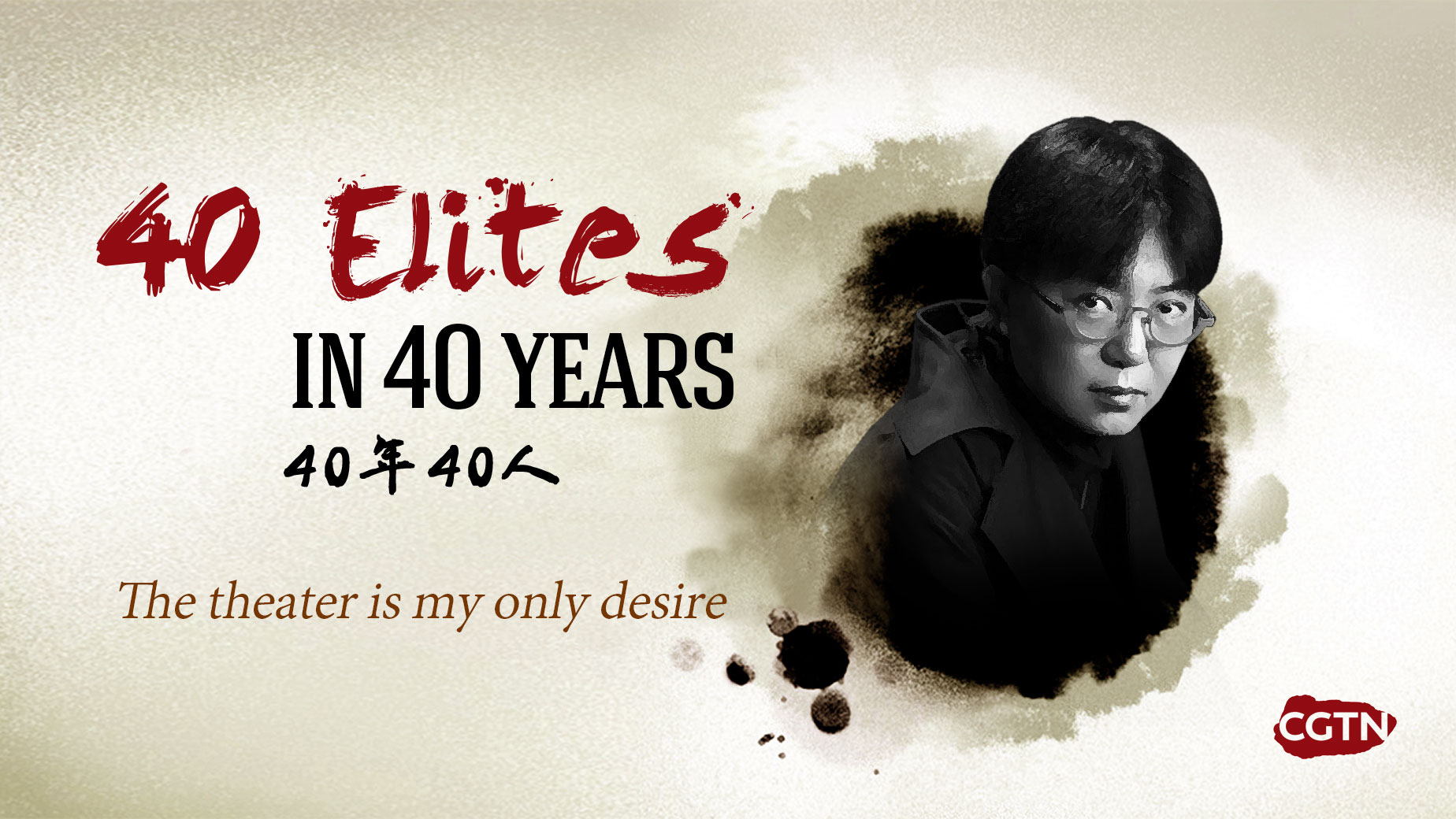
Tian Qinxin is a very important figure in contemporary Chinese theater, with the plays she has directed receiving high praise by audiences and critics alike. Tian once wrote that she produced dramas because of "sadness, discovery or clarity" – the three realms of her dramatic life. They are all intermingled with each other and she said she couldn't live without them.
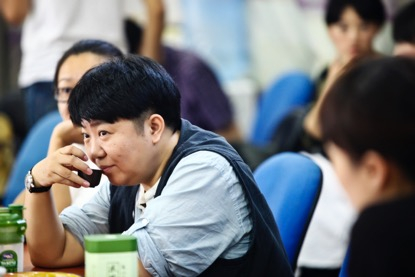
Courtesy of Tian Qinxin's Studio
Courtesy of Tian Qinxin's Studio
Tian Qinxin was born in Beijing. Her father was a soldier and her mother was a painter. At the age of five, Tian was sent to Shichahai Amateur Sports School to learn gymnastics. Four years later, she entered the Beijing Art School to learn Beijing Opera. In 1992, she was admitted to the Directing Department of the Central Academy of Drama, where she got the chance to study at the University of Leeds. In 1994, she traveled to Japan to attend the Tokyo Youth Art Festival. A year later, Tian graduated from the Directing department of the Central Academy of Drama and officially began her drama career. In 1996, the play "Life and Death Field" was a surprising success in Chinese theater. The playwright Xiao Hong was a famous Chinese writer and Tian was under a lot of pressure to respect the original masterpiece – and she managed to do it. This accomplishment also established Tian as "one of the most powerful and influential directors in contemporary Asia."
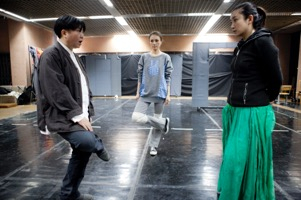
Courtesy of Tian Qinxin's Studio
Courtesy of Tian Qinxin's Studio
Afterward, Tian directed many excellent plays, including "Hurricane," and "The Orphan of Zhao's Family," which was praised highly in South Korea. "The Yellow Storm" and "Green Snake" were two later hits. The original author of "The Yellow Storm" Lao She is a member of the ethnic Manchu group and a relative of Tian's, which gave her the strong desire to adapt it for the stage. Tian finally did so. The play has been performed more than 200 times, and almost every one has been a sellout, with many people even waiting in line overnight to buy tickets. This is not only in recognition of Tian but also a show of respect for the Chinese classics.
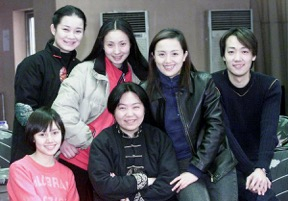
Courtesy of Tian Qinxin's Studio
Courtesy of Tian Qinxin's Studio
When China's reform and opening-up continued in the 21st century, the entire theater circle gradually became more market-oriented, and theater producers began to play a huge role in the creation of plays. In 2007, the box office for Tian's "Red Rose & White Rose" reached more than 17 million yuan. For more than a decade now, she has been a hotshot in Chinese theater, both in terms of artistic value and commercial success.
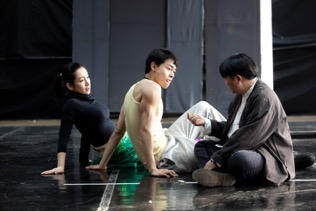
Courtesy of Tian Qinxin's Studio
Courtesy of Tian Qinxin's Studio
She insists on making high-quality dramas that are not formally rigid and uses her knowledge of traditional Chinese culture in every part of the process. Influenced by international modern art, she dabbles in cross-regional culture such as drama, film, music, painting and advertising. Overall, her work is an exploration of traditional Chinese topics and masterpieces, in a way that also sensitively captures contemporary social topics. By integrating contemporary artistic concepts with Oriental aesthetics, performances often emphasize body language and poetic visuals, and her use of complex plot structures are unique in Chinese theater. Her style is so unique that her plays are almost a genre unto themselves, known as "Tian's Drama".
Drama is a good method of international communication because there are still many audiences around the world who love the theater, especially in Europe. Tian believes that Chinese drama can tell Chinese stories while maintaining Chinese expression and thus influence the world.

SITEMAP
Copyright © 2018 CGTN. Beijing ICP prepared NO.16065310-3
Copyright © 2018 CGTN. Beijing ICP prepared NO.16065310-3